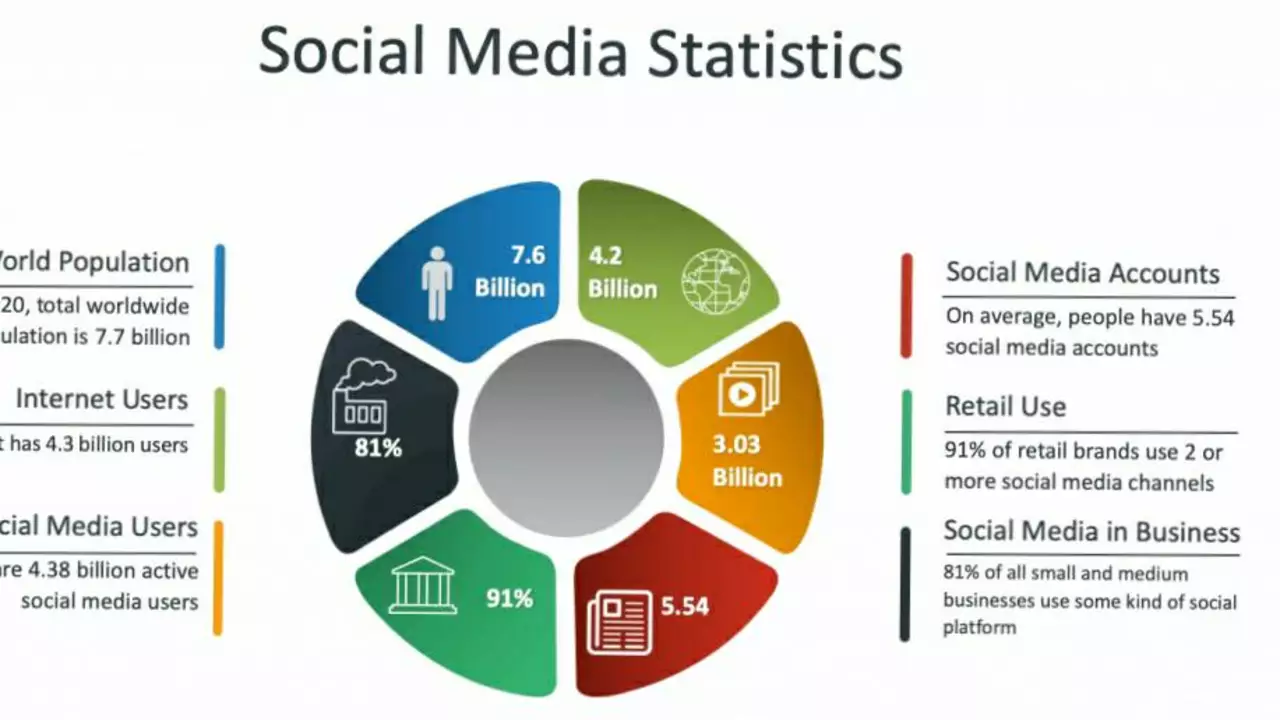Understanding the Importance of Statistics in Education
As an essential aspect of modern life, statistics have become a key player in the field of education. They serve as a powerful tool that teachers, educators, and policymakers utilize to make informed decisions. Statistics act as the backbone of educational research, providing insights into student performance, educational trends, and the efficacy of teaching methods. Without statistics, it would be nearly impossible to gauge the effectiveness of our educational systems and develop strategies for improvement.
Statistics as a Measurement Tool in Education
Statistics serve a crucial role in measuring various aspects of education. For instance, they help in assessing student performance, comparing educational institutions, and understanding the impact of teaching methods. Statistics provide reliable, quantitative data that can be used to gauge the success or failure of educational policies and practices. Through statistical analysis, educators can identify gaps in learning, monitor progression, and determine areas that need improvement.
Driving Educational Policies
Statistics are vital in formulating and implementing educational policies. Policymakers rely on statistical data to understand the current state of education, identify issues, and devise solutions. For example, statistics can reveal disparities in educational attainment among different demographic groups, prompting the development of policies aimed at addressing these inequalities. Without these statistical insights, policy decisions would be based on conjecture rather than evidence.
Informing Teaching and Learning Strategies
Statistics also play a significant role in informing teaching and learning strategies. Through statistical analysis, educators can understand which teaching methods are most effective, which subjects students excel in, and where they struggle. This information can then be used to tailor teaching strategies to meet the needs of individual students, enhancing their learning experience and outcomes.
Monitoring Trends and Patterns
Another important role of statistics in education is monitoring trends and patterns. By analyzing statistical data over time, educators and policymakers can identify emerging trends in student performance, enrollment, dropout rates, and more. This information can be used to predict future trends and make proactive changes to educational practices and policies.
Enhancing Educational Research
Statistics are fundamental to educational research. They allow researchers to collect and analyze data, test hypotheses, and draw reliable conclusions. Through statistical analysis, researchers can investigate the effectiveness of different instructional approaches, evaluate the impact of educational policies, and explore factors influencing student achievement. Without statistics, educational research would lack the rigor and precision necessary to inform practice and policy.
Improving Accountability in Education
Statistics also promote accountability in education. They provide measurable evidence of student performance, teacher effectiveness, and institutional quality. This data is used by parents, educators, policymakers, and the public to hold schools and teachers accountable for student outcomes. By providing a clear picture of what is happening in classrooms, statistics ensure transparency and accountability in our educational systems.
Preparing Students for the Future
Finally, teaching statistics as a subject in schools prepares students for a future that increasingly relies on data. By understanding statistics, students develop critical thinking skills, learn to make data-driven decisions, and become informed consumers of information. Whether they pursue careers in science, business, or the arts, a solid understanding of statistics will serve them well in their future endeavors.
